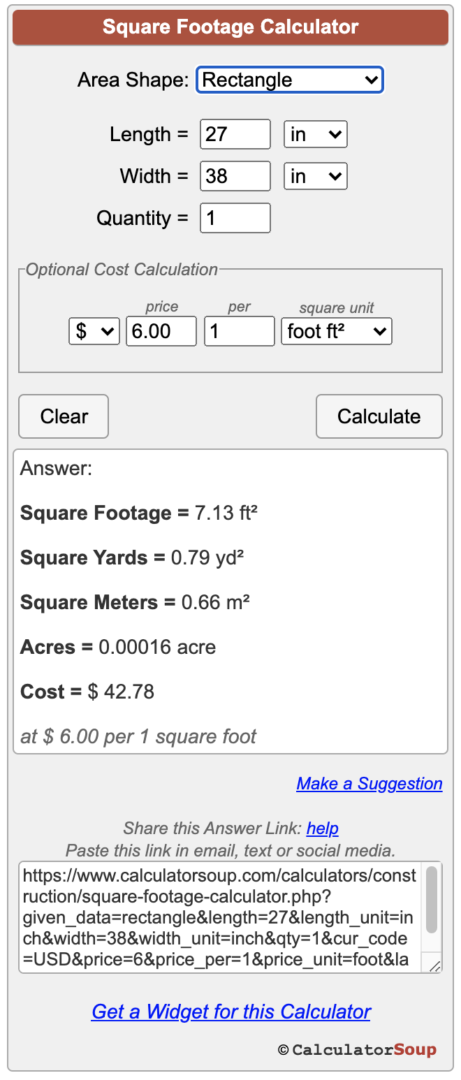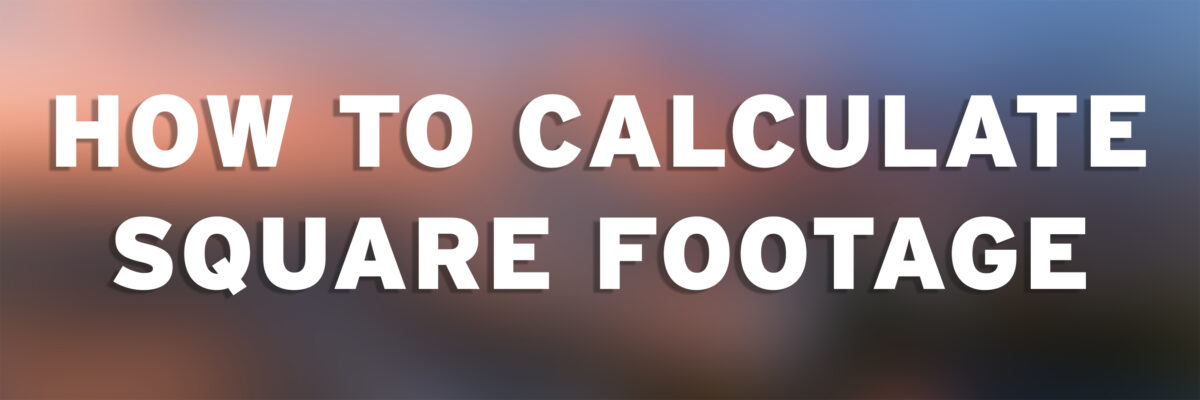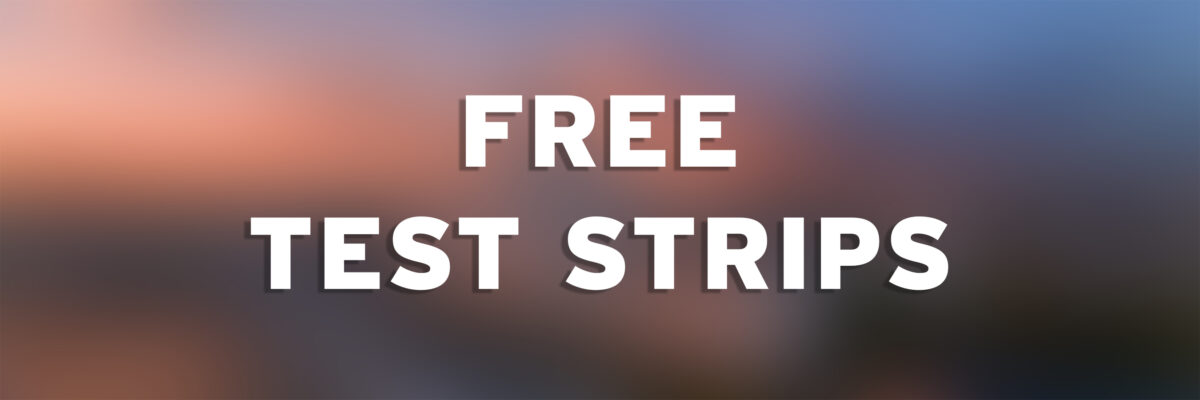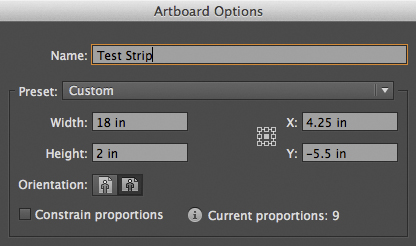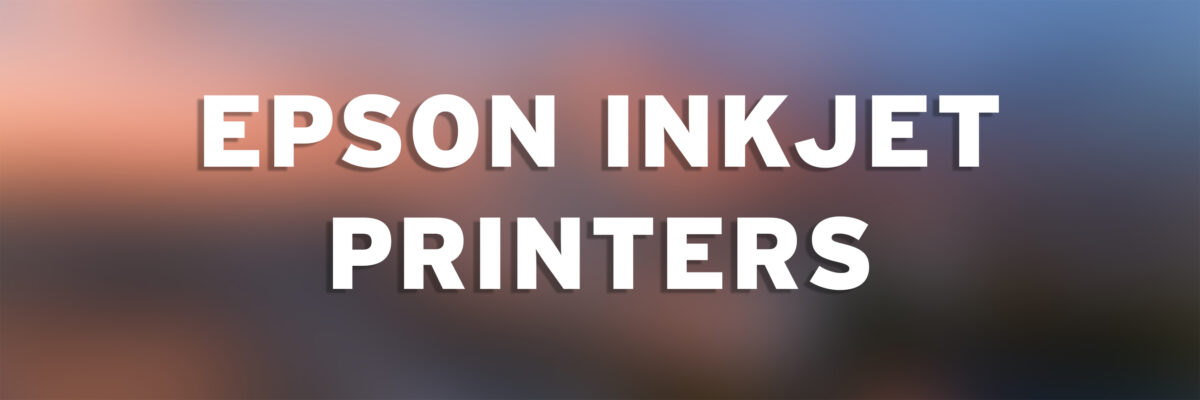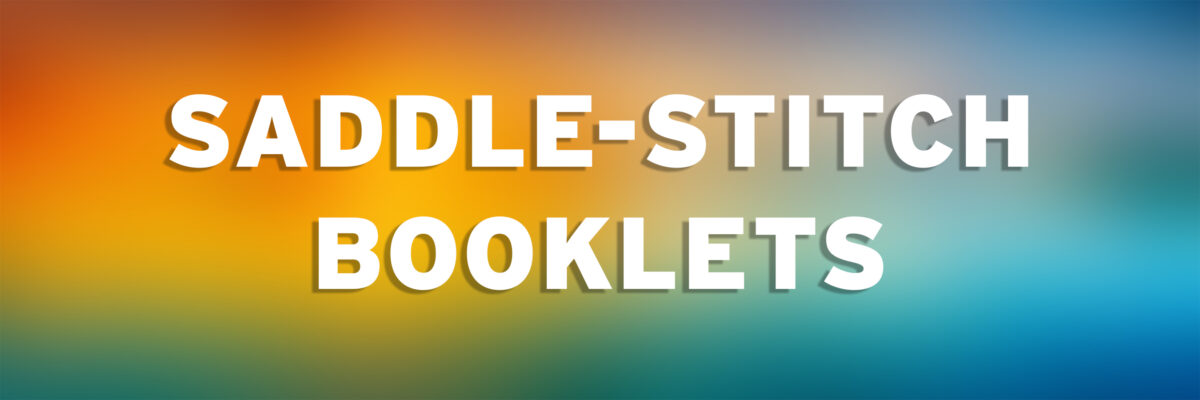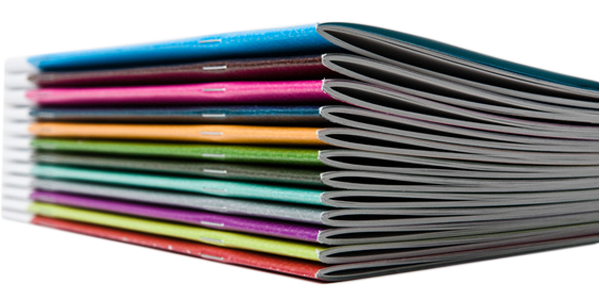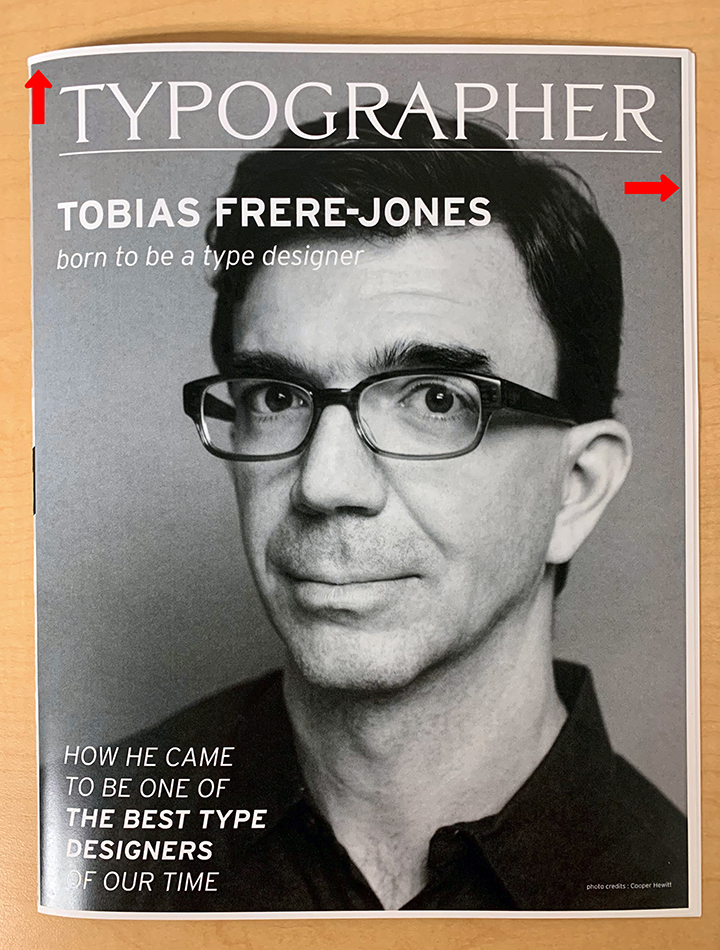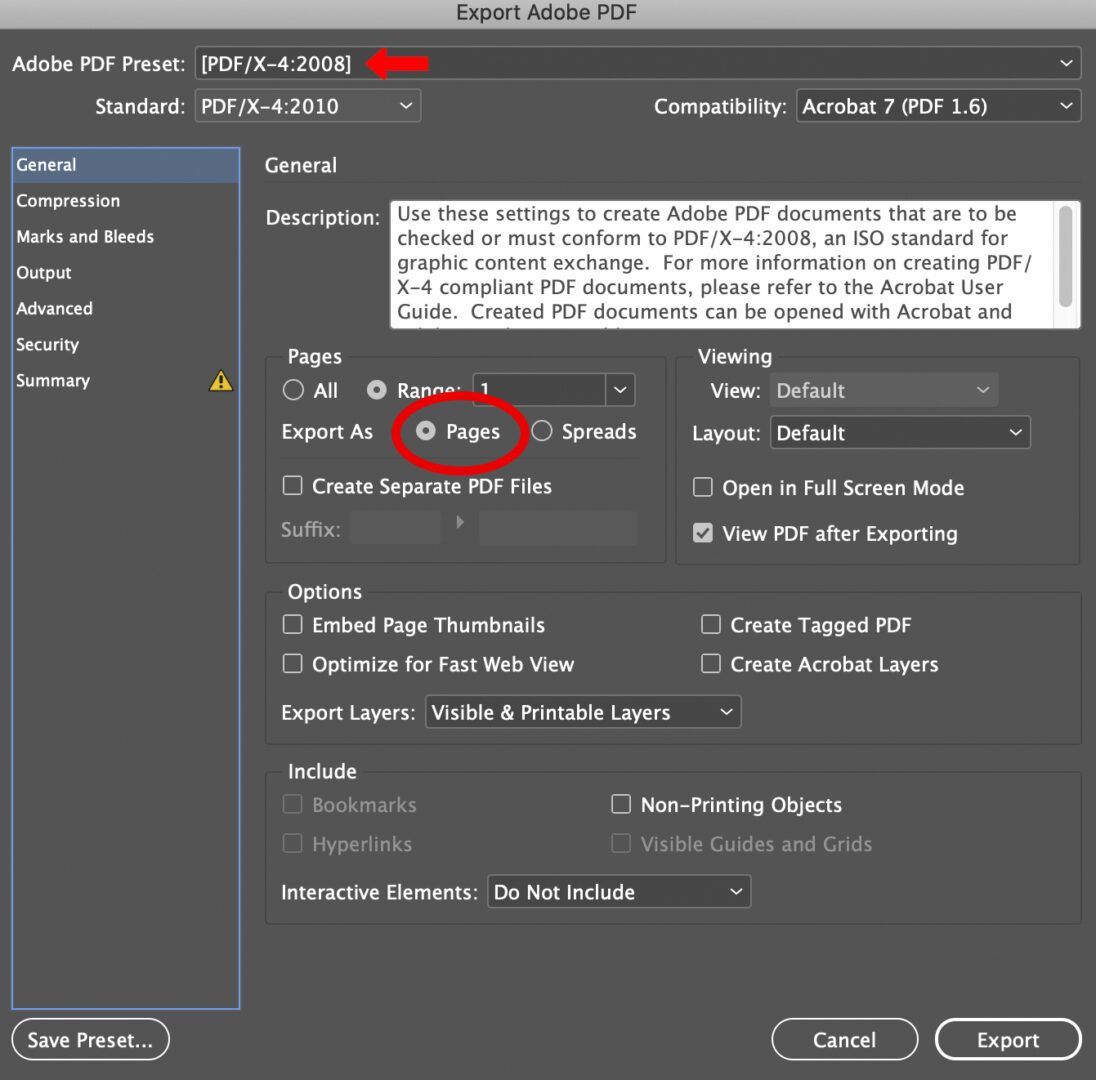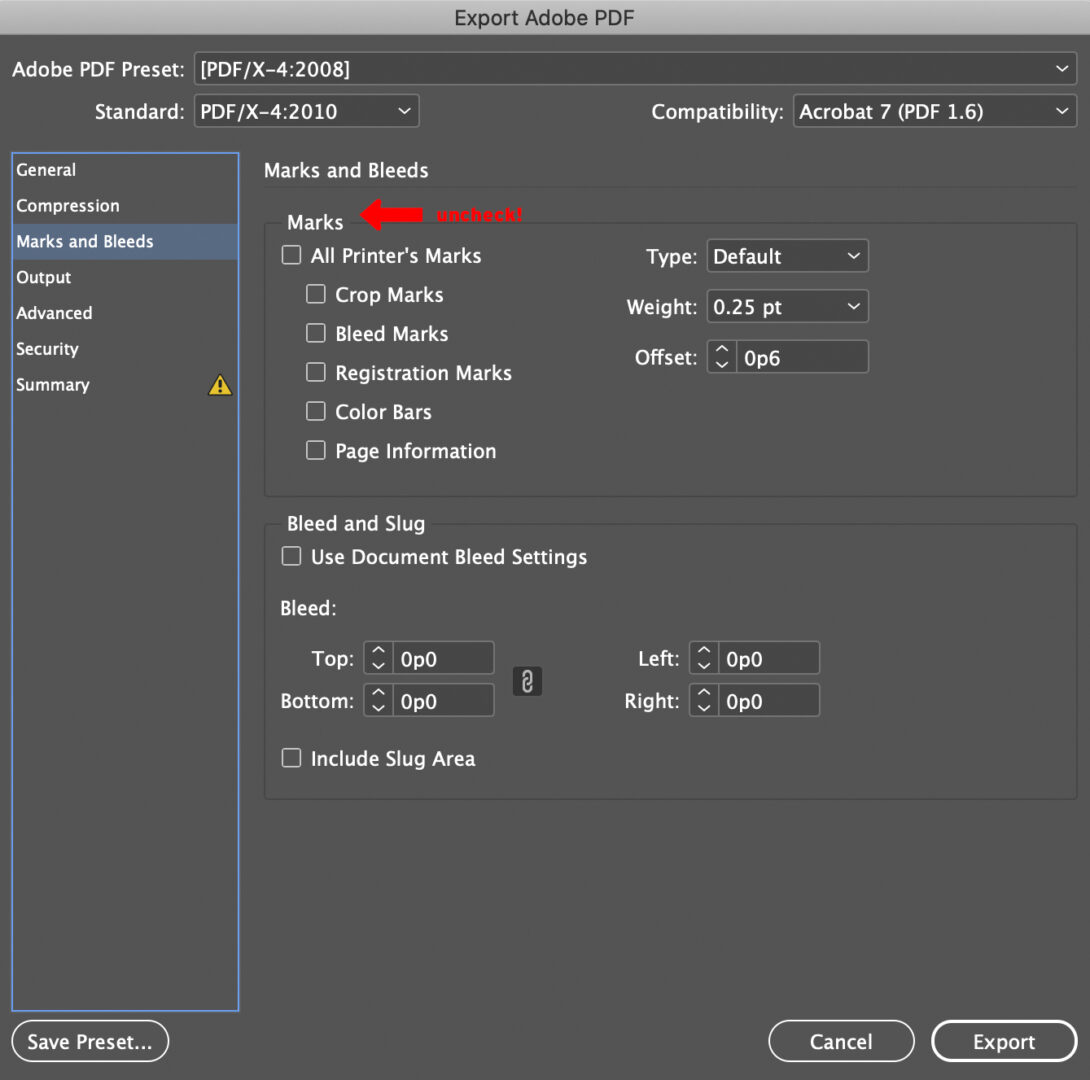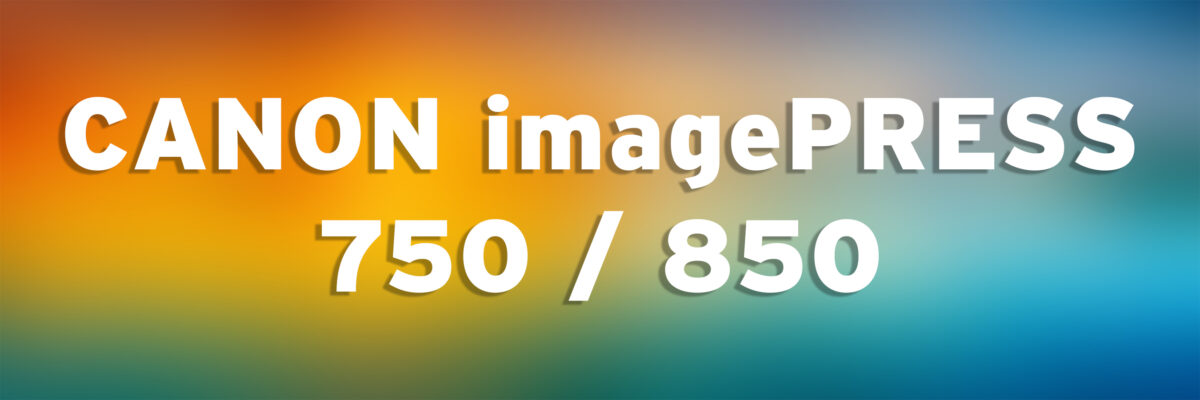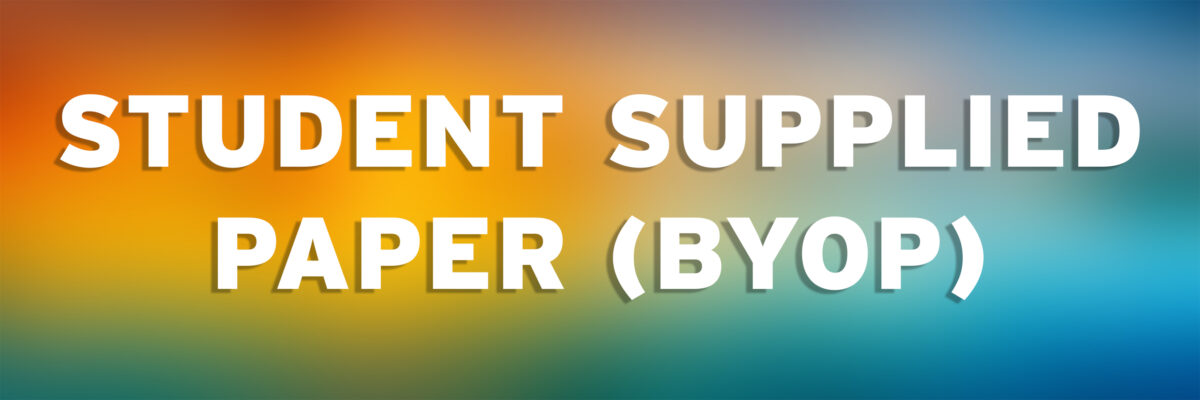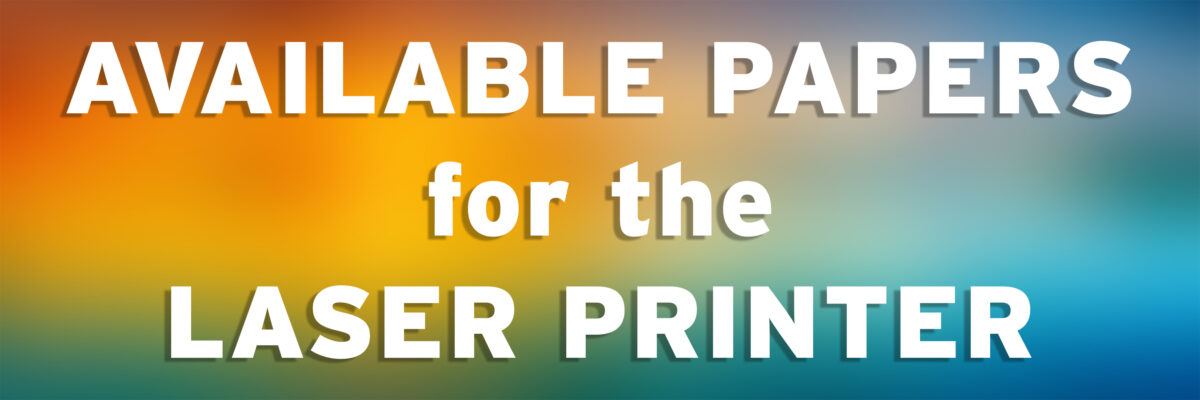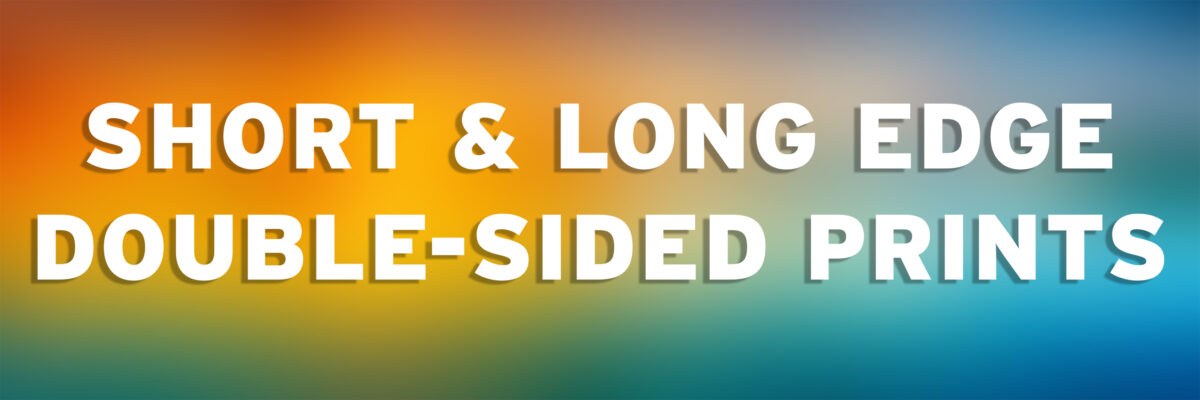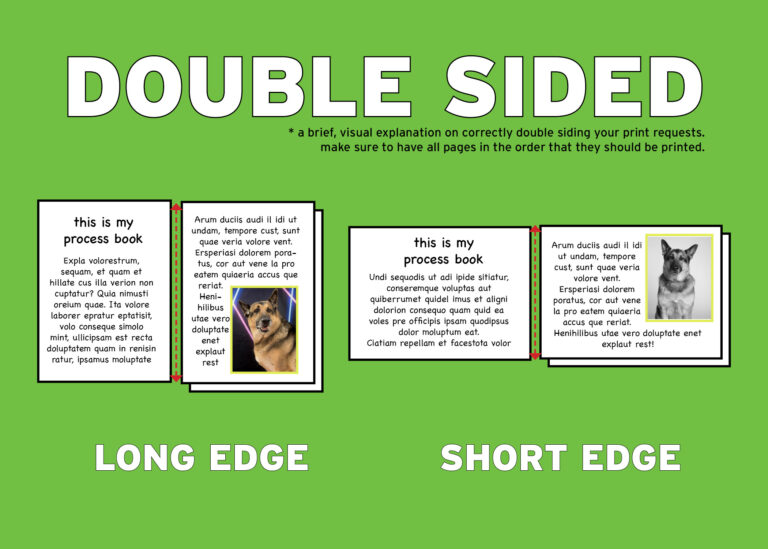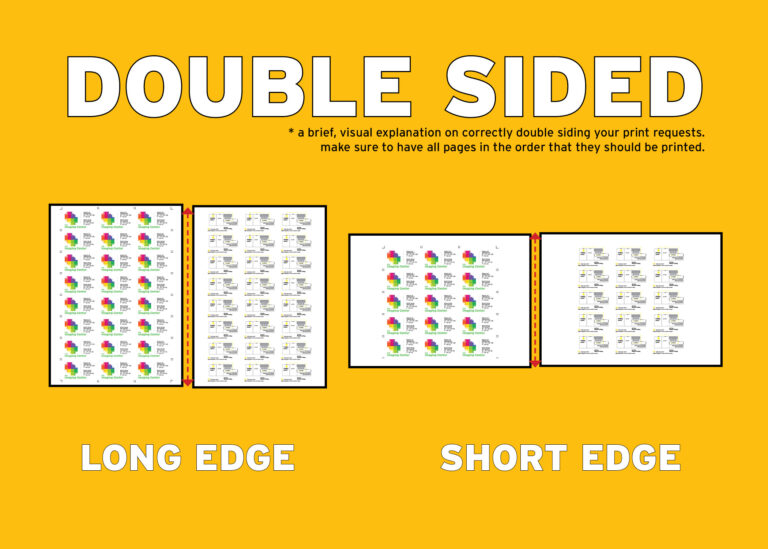General Information
The Imaging Center accepts student-supplied paper to be printed on our Canon 810/910 laser printer. All paper must be for LASER printers and not inkjet printers.
Students should still submit their files for print using our laser print forms, found HERE. You will be prompted to include important information about the paper that you plan to print on. If accepted, you will be sent an appointment link to drop off your paper at the IC.
All paper must be brought into the Imaging Center in its original packaging with the weight and g/m2 clearly marked. If the original packaging is not supplied, the IC will not print using the supplied media. The original packaging or a spec sheet must be brought in each and every time that a print job is submitted.
The paper must be cut to a specific standard size (8.5″ × 11″, 11″ × 17″, 12″ × 18″, 13″ × 19″, etc.). If you submit the paper that is sized 12.5” × 19”, the IC can cut it to size for you at a cost of $1.00/cut.
When submitting a print job, please supply between 5-15 sheets of the same paper type for testing purposes. For example, if you submit a textured sheet of paper, settings must be modified slightly so that the toner adheres properly on the page.
Turnaround Times & Proofing
The standard turnaround time for bringing in your own media to use on the Canon 750/850 is 24 hours (one business day). During midterms and finals, turnaround times may increase.
If you are running a large job and want to see a proof copy, turn in a print submission for only one or two pages of your document. This will be completed within 24 hours. Once you are satisfied and “approve” your print, you may then turn in the final order for the full amount of pages & copies that you want.
A sample page or proof page is highly recommended because it allows you to see exactly what the final print will look like. Students will still be responsible for the price of any additional sample pages once changes are made.
Accepted Paper Types
The Canon 810/910 can handle a variety of media weights and types up to 13” × 19” in size and 16# bond (60gsm) to 120# cover (298gsm) in weight.
Some 120# cover papers with a texture may not process through the printer.
The IC recommends the majority of digital printer paper from Neenah or French Paper. When ordering from Neenah, make sure you are purchasing digital paper. They often sell similar papers in large sheets that must be cut. That paper is not meant to run through a digital press.
Unaccepted Paper Types
The Imaging Center will not accept the following media at this time: vellum, newsprint, Canson, metallic, transparency, or watercolor papers, in addition to most adhesive labels or stickers.
The Imaging Center does reserve the right to deny submitted paper types at any time.
